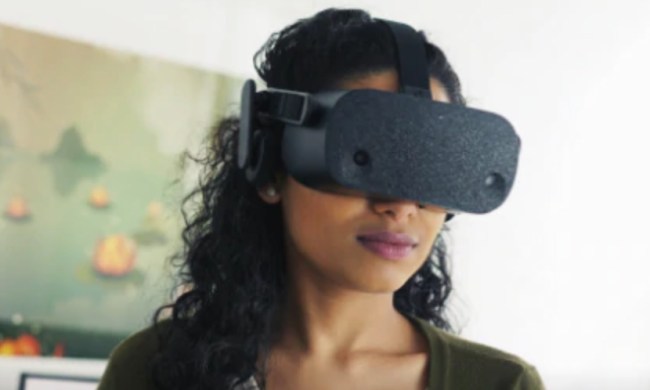As advanced as virtual reality headsets like the HTC Vive are, one big feature missing from it and most of its contemporaries is wireless operation — there’s nothing quite so immersion breaking as tripping over the big cable at your feet. While initially thought to be years away though, Valve is said to be working with a partner to help develop a wireless add-on for the Vive.
Getting wireless VR working was always thought to be something that may require future technologies, since anything above a few milliseconds of latency can really impact the immersion and comfort of a virtual reality experience. We’re not quite there yet, but a Bulgarian firm is working with Valve to try and get a Wi-Fi powered solution working.
It’s not quite ready to show the world yet, which would suggest it still needs to reduce the latency of its intended solution, but it is an intriguing one. We’re told (per Tom’s Hardware) that Quark VR (a division of Intugame) has made a wireless receiver that plugs into the Vive and sits in your pocket. It then connects wirelessly to your PC using the local Wi-Fi connection, essentially giving you a wireless VR headset, with room scale capabilities.
As it stands, we don’t know how close the developers are to making this a reality, but they promised to show a working solution before the end of the year, so it could be that the piece of kit on every Vive owner’s Christmas list will be a wireless receiver.
Of course we’ll remain skeptical for now, since this was something that was thought to take a new form of wireless connectivity to make possible. That said, as Tom’s Hardware points out, Intel has shown a proof of concept with a DK2 and WiGig connectivity in the past.
One problem with such wireless connectivity though, is the lack of power. Even if Valve and Quark VR can get the wireless connectivity working, where will the battery for the headset go and how long can it last?



